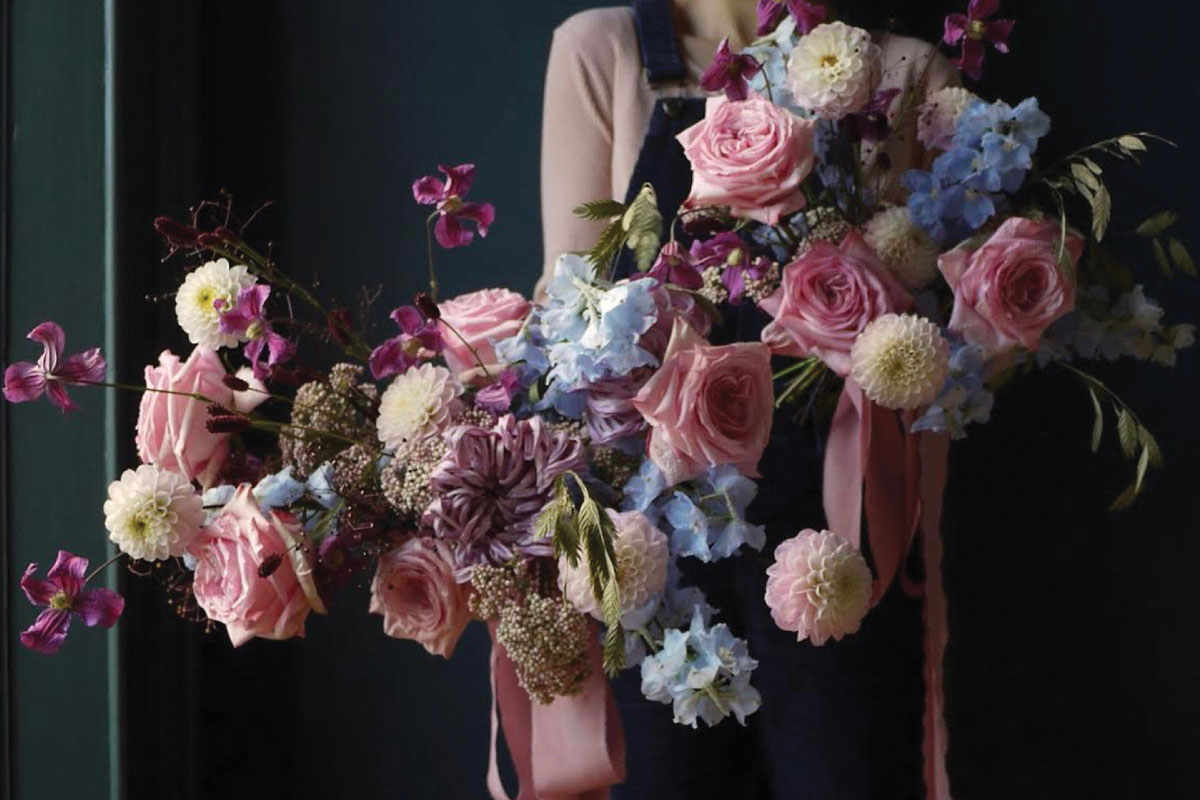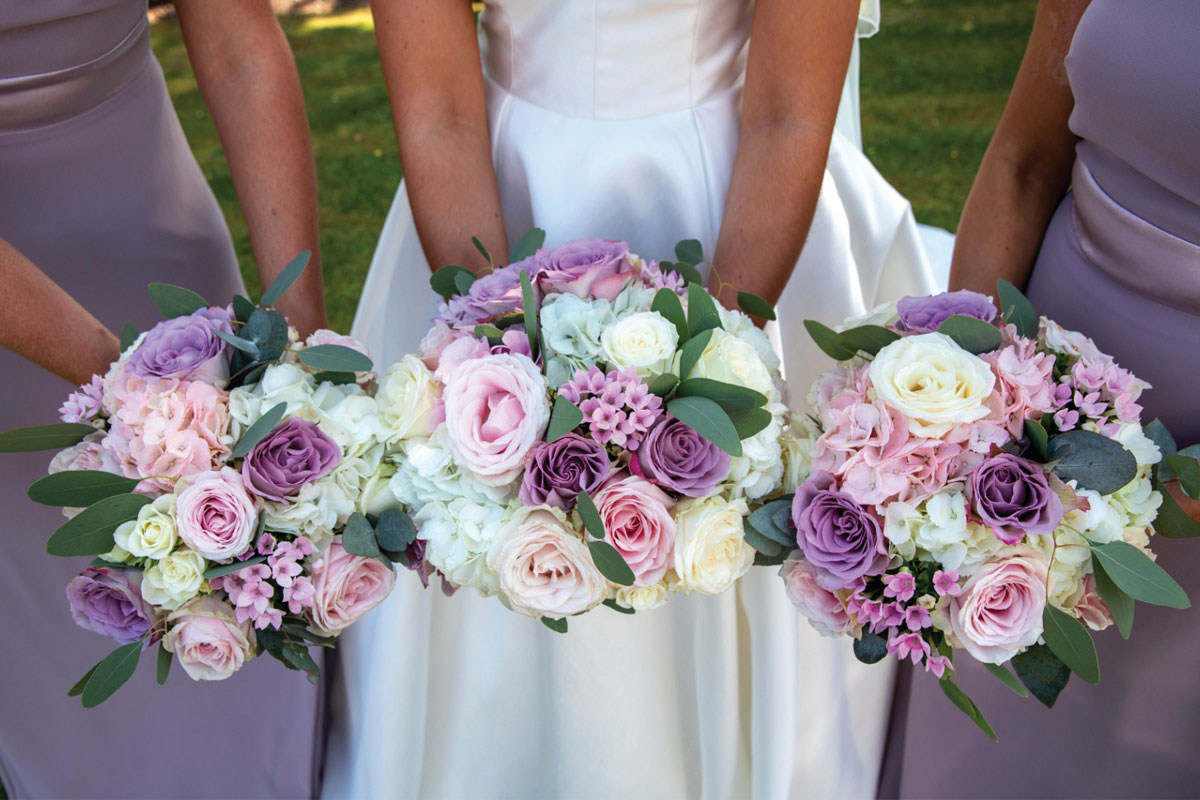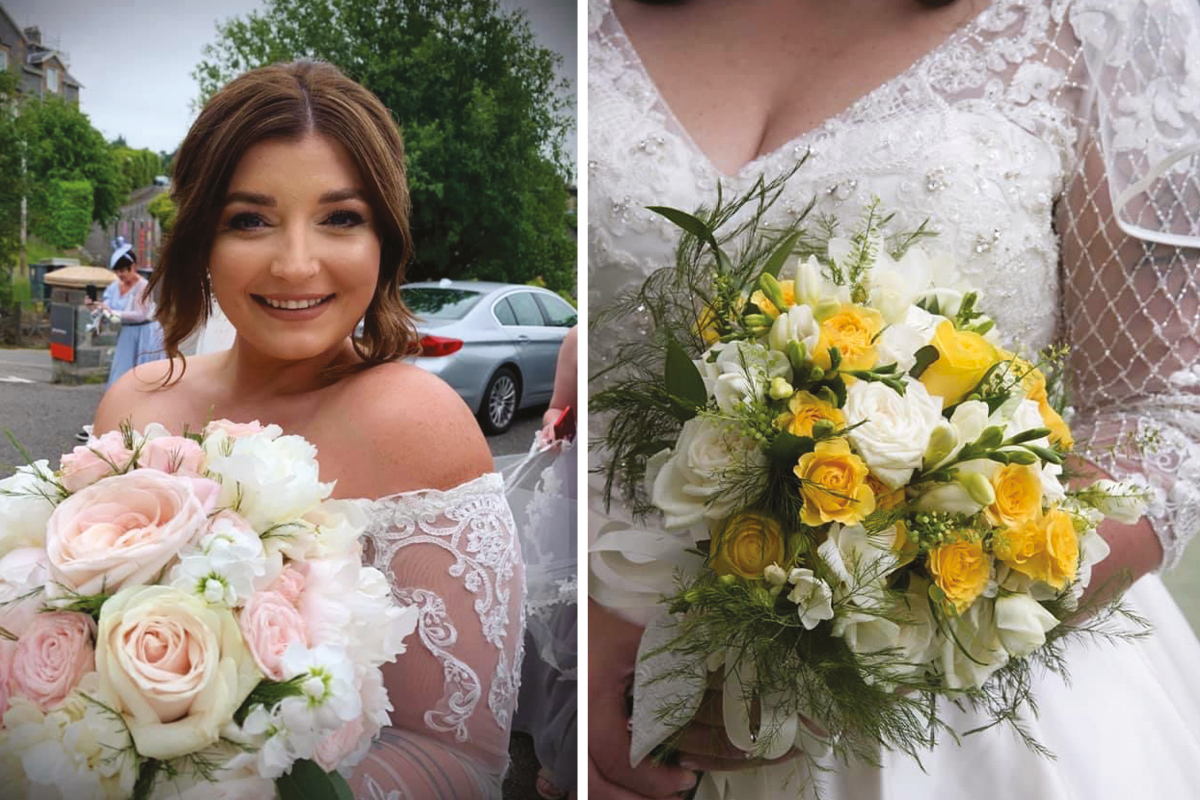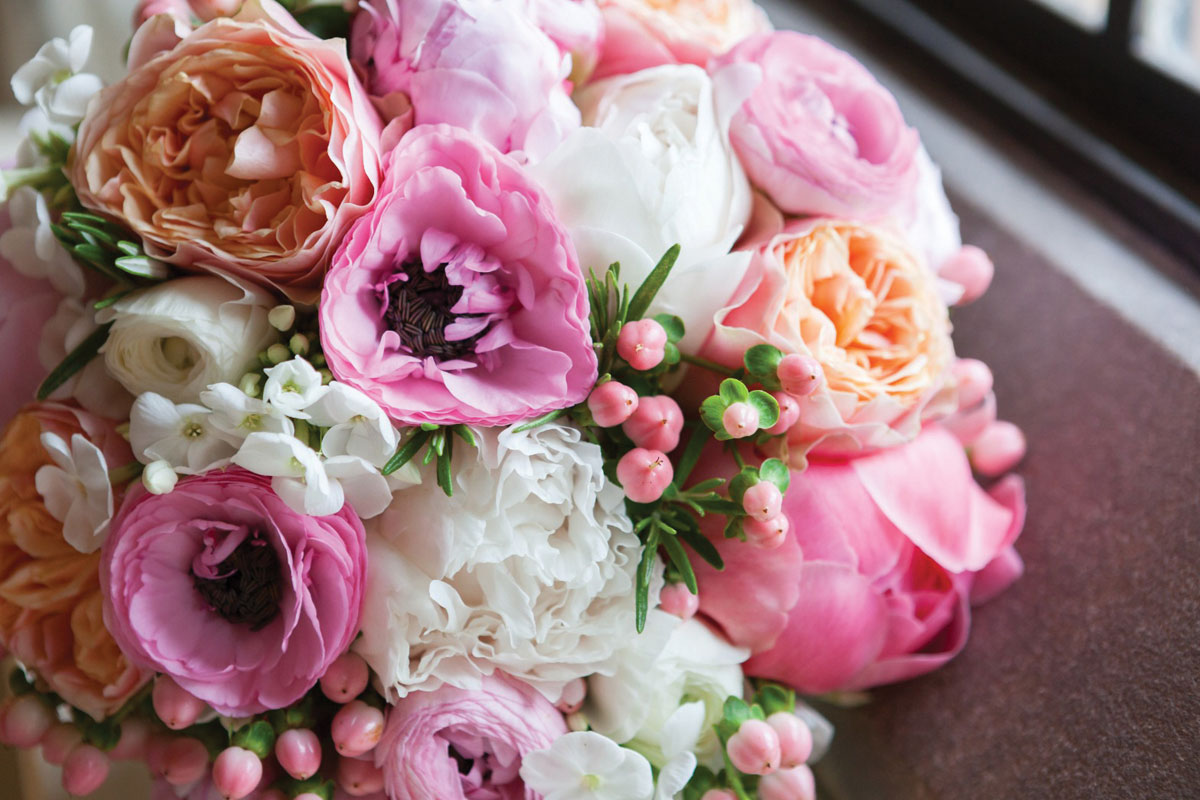Your wedding flowers have got to look great – that’s a given. But considering their fragrance can take your florals to the next level, finds Olivia Simpson, as she chats to Scottish florists

You probably have a good idea of how your big day will look. The venue, the dress, the decor, the cake – it’s likely you’ve had an idea of your preferences for a long time, or that endless Pinterest scrolling has helped bring your taste into sharper focus. But have you ever considered how your big day might smell?
I know that sounds like a bizarre question, but hear me out. Beautiful fragrances can lift our spirits and set the mood (just think about walking into a room where your favourite scented candle is burning, or strolling through gardens when the roses are in full bloom), so it makes sense to embrace this power on your wedding day too. The easiest way to achieve this? With carefully considered blooms that look and smell the part.


On the scent
If you’re baffled about where to begin, don’t worry – your florist can help. “Fragrance is more important for some people than it is for others,” admits Lauren Sykes from Glasgow florist Pretty Little Petals. “Obviously, you don’t want something smelling awful on your big day, but everyone’s taste is different. What one person thinks is pleasant, another may find abhorrent.
“Chatting to your florist and making sure you like the smell of your chosen flowers is a good idea. If you have selected particularly fragrant flowers, the florist will usually check that you’re okay with their scent.”


Pick of the bunch
Scent is powerfully connected to memory, so choosing a floral smell for your wedding means that, in years to come, you’ll be transported back to the happy day with just a whiff. But it works the other way too: if you have warm memories of a certain scent, why not incorporate that into your wedding florals for a hit of sweet nostalgia? “I love the scent of sweet peas – it sparks a memory of being a child, playing in the garden,” Lauren tells us of these airy, sweet-smelling blooms, with a fragrance reminiscent of orange blossom.
“My mum grew sweet peas along our shed wall and in the summer there would be a wall covered in an array of colours, and the scent was amazing. They always looked so beautiful.”
Seasonality is as important with flowers as it is with food, and it can also have a bearing on the power of the fragrance. The more in season they are, the better the flowers will smell.
“I love a light, fresh-smelling bouquet in spring,” Lauren shares. “Freesias, lilacs and stocks would all be a good bet for this. In summer, I prefer a heavier, stronger scent – perhaps peonies, garden roses and sweet peas.”
It’s also worth thinking about the effect certain scents have on our emotions, especially on a day when these are almost certain to run high. “I love adding fragrant foliage and herbs to bouquets,” says Trudi Todd from Trudi Todd Flowers. “For example, rosemary, lavender and eucalyptus are lovely, calming and relaxing in a bridal bouquet.”


Finally, you’ll want to think about where you use the different blooms you’ve chosen, as some scents that work perfectly in a bouquet could be overpowering in a centrepiece. “Stargazer lilies can give off a very strong scent, even causing headaches and allergy attacks in some people,” Trudi explains.
“Consider how the different scents in your arrangements will work together. Mix less-fragrant flowers together for a delicate balance: think freesias, wax flowers, roses, sweet peas, jasmine and peonies.”
“Stocks and hyacinths also have a strong perfume, making them lovely in a larger open space like an outdoor wedding or in a church, but I wouldn’t recommend putting them in your wedding table arrangements as they could put you off your food,” says Trudi.


Allergy advice
For those of you with allergies, the thought of runny noses or red eyes spoiling your pictures may be a real worry, so you’ll be glad to hear that with some simple swaps, you can have standout florals without the hayfever hassle.
“Allergy sufferers should avoid flowers with a large exposed surface area covered in pollen, wind-pollinated flowers and heavily scented flowers,” Lauren advises. “If you have particularly bad symptoms, I’d say an artificial option might be the way to go. Nobody wants their flowers to ruin their special day!”
So, which blooms are a safe bet? “Hydrangeas, tulips, carnations and roses should all work better for people with allergies,” suggests Ashley. “Anything overly scented or with lots of pollen should be avoided if possible – you don’t want to be a sneezing, puffy mess!” Follow this advice and you should enjoy a symptom-free day.
Don’t think this means you can leave the tissues at home, though – there’s still the tears of joy to contend with!








